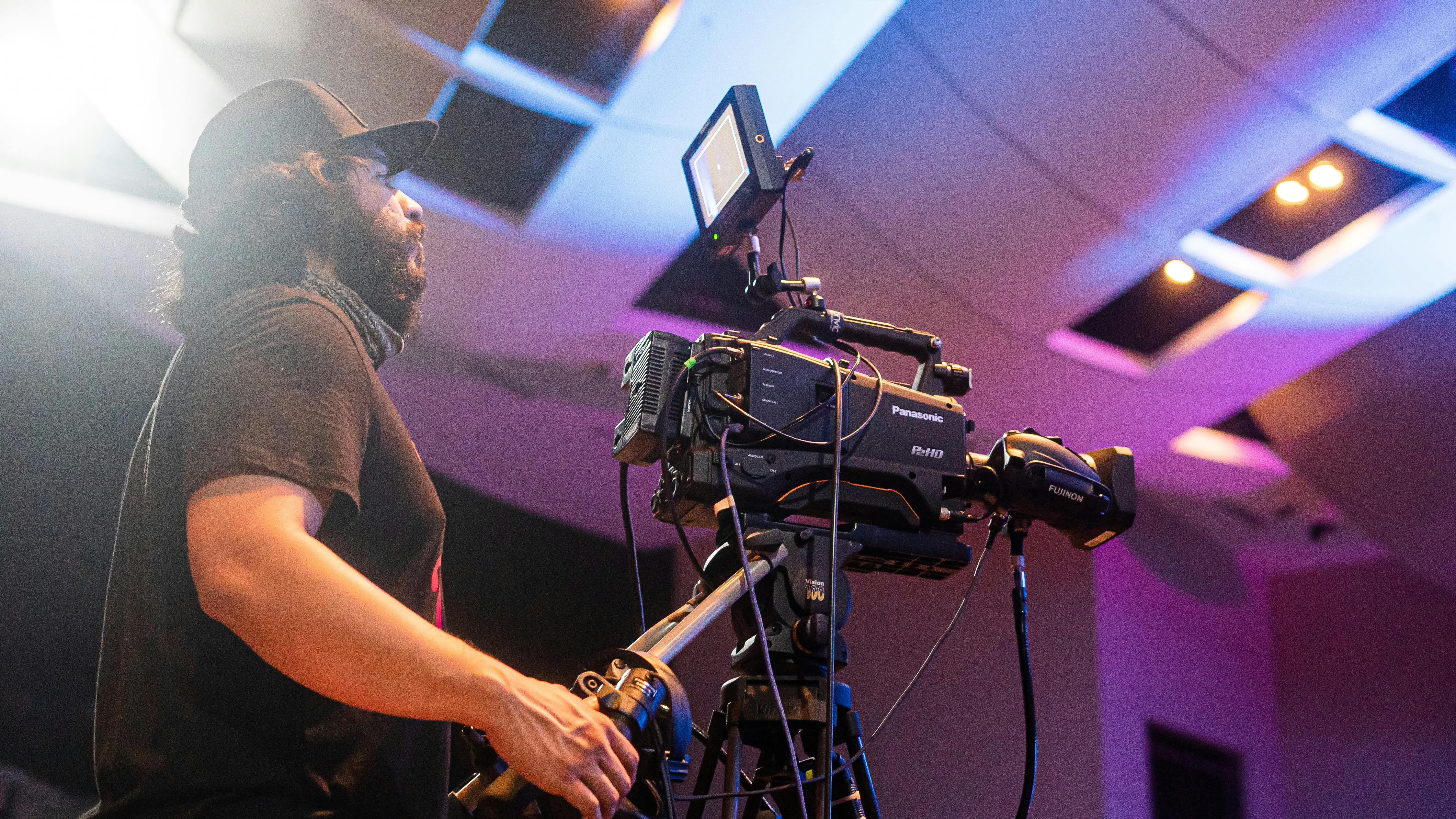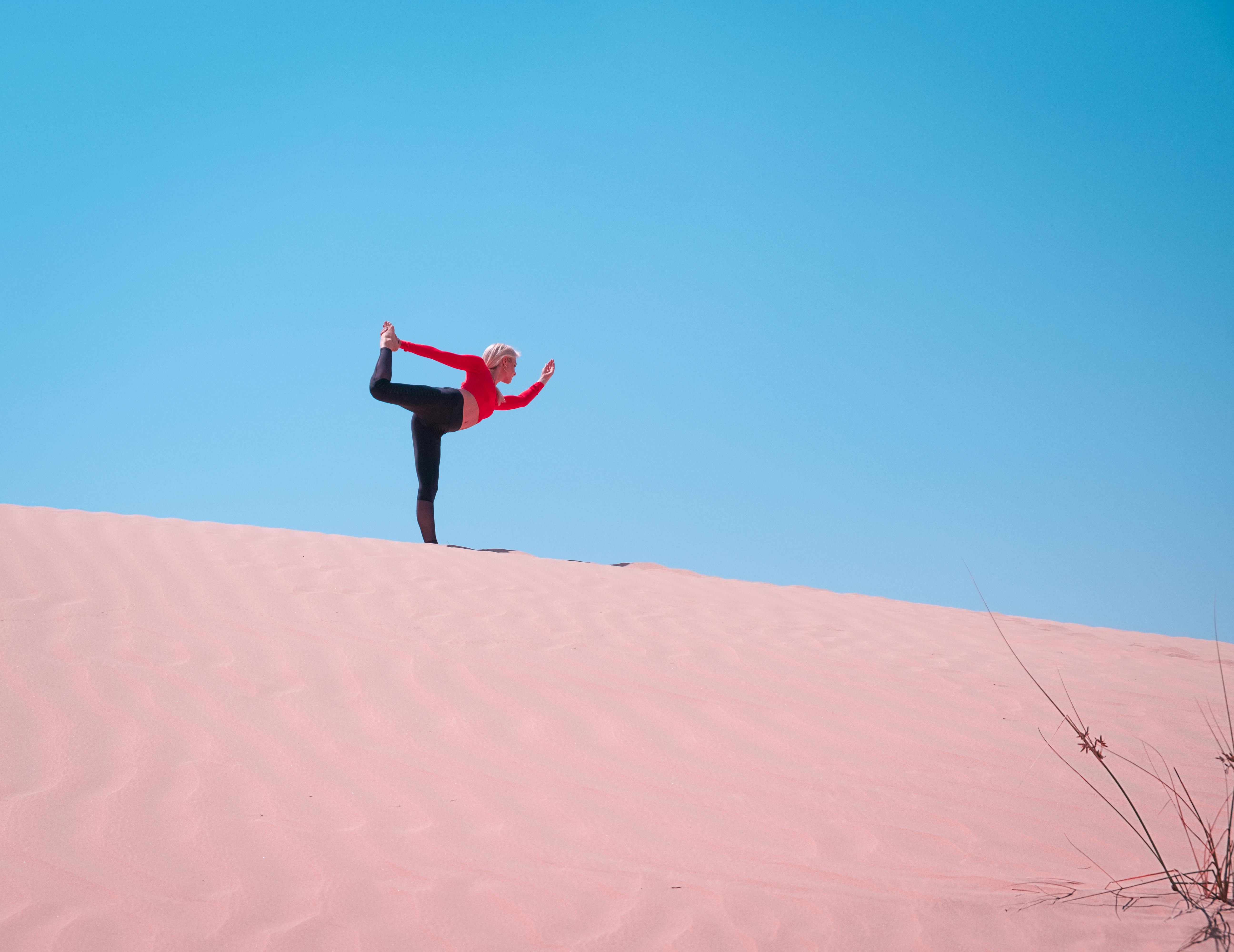The right equipment to dance
Dance is firmly embedded in the fabric of our social culture. We dance at weddings, fundraisers, fairs, clubs, salons, and in the privacy of our homes. We do dirty dancing, social dancing, tango, salsa, waltz, or just do the happy dance! However, if you’re more of a “casual” dancer, it’s important to have the right gear to keep your hips moving and your toes tapping.
Dancing is a great way to relieve stress, keep fit, or shake off a bad mood. Most people assume that dance “crew” is limited to formal classes. However, even if you don’t dance five hours a day in hopes of becoming a professional dancer or winning a ballroom medal, the right gear will optimize your enjoyment by keeping you comfortable and safe.
The style of clothing you wear will depend on the type of dance and the venue. When choosing clothing, you should consider your own comfort and safety, as well as that of your partner. Lightweight cotton, like Egyptian cotton or cambric cotton, is one of the coolest fabrics. This makes a good choice for shirts and tops. T-shirts are usually heavy cotton and get very hot after a few minutes of dancing. They also hold moisture close to your body, leading to an uncomfortable, hot, sticky mess.
An alternative to a t-shirt if you want to go casual is sportswear that wicks moisture away from the body. There are even scent-free fabrics that you and your partner are sure to appreciate after a few hours of dancing. Visit an athletic specialty store or a sporting goods website. Silk is not a good choice for dancing as it does not breathe. Rayon and polyester are also poor choices, as they will be stiff and hot.
In general, shoes with leather or suede soles are best for dancing. They allow you to pivot and move freely without sticking to the ground, which could lead to ankle or knee injuries. Rubber soled shoes are not recommended for dancing. The rubber will grip the floor, which is great for basketball but not for Cha-Cha. Again, limiting your range of motion can damage your knees or ankles. One option for rubber-soled sneakers is dance shoes.
Women should wear closed heels and shoes with straps on the instep. Slingbacks or slip-on shoes are very dangerous for dancing and should be strictly avoided. There are often a variety of heel heights and styles for men and women. Choose a height that is comfortable for you and does not present the risk of twisting your ankle. Some women’s court shoes have full heels and others have pointed heels; In general, the fuller heel will provide more comfort and stability. Court shoes for both sexes have an undercut heel. This style of heel is designed for Latin-style ballroom dancing. You should consider the regular heel for other styles of ballroom dancing like the waltz and foxtrot.
Many dancers recommend insoles for comfort. If you choose insoles, stay away from the gel type and go for the thinner “running” insole style. Insoles can add ½ size to your shoe size, so be sure to bring them with you when you shop for your dance shoes. Instead of insoles, some dancers choose to wear socks. Women can wear footies over their stockings. Again, take them with you when shopping for dance shoes.
The final piece of equipment is the most important: the dance floor! Not all dance floors are created equal and some can be downright dangerous. Floors can be too slippery or sticky and rough. Leather soled shoes on a very slippery floor can be extremely dangerous for your health and ego! Here are some tips if you find yourself dancing on a bad floor.
To combat a floor that is too slippery:
1) Wipe shoes with damp toilet paper or a paper towel, then dry. This will make your soles less slippery.
2) Take smaller steps and be careful in turns.
3) Wear down the soles of the shoes by rubbing the soles against the concrete. This removes the slip from your shoe.
4) Buy suede half slippers. These will offer a bit more traction and keep you from falling. These can be useful if you dance in many different places.
If you find yourself on a rough and sticky floor, the trick is to make your shoes slip a little more to compensate for the floor. Here are some quick tricks:
1) Put double-sided tape on the sole of your shoes. Stick with one side but leave the seal on the side that faces the floor.
2) Put masking tape or clear packing tape on the soles. The sticky side should face the shoe, not the ground.
3) Stick name tags to the sole of your shoe, with the sticky side on the sole.
4) Try not to do a lot of twisting as you can hurt your knees.
5) Put your feet up a little higher than usual.
6) If you use dance powder, be careful, because it will make the floor very slippery.
Obviously, dancing on a bad floor isn’t ideal, but if you don’t have control over the floor, be careful and use the tips above. Remember, dress for comfort and buy the right shoes for your type of dance and where possible use a high quality floor and you will be dancing for years to come!
Master portable floors are rated as being of the highest quality by the American Swing Dancing Association and Ball Room Dancers. The flats have a unique flexing action that provides just the right amount of spring for injury-free dancing. For more information on Master Portable Floors, visit www.masterportablefloors.com [http://www.masterportablefloors.com].



Recent Comments